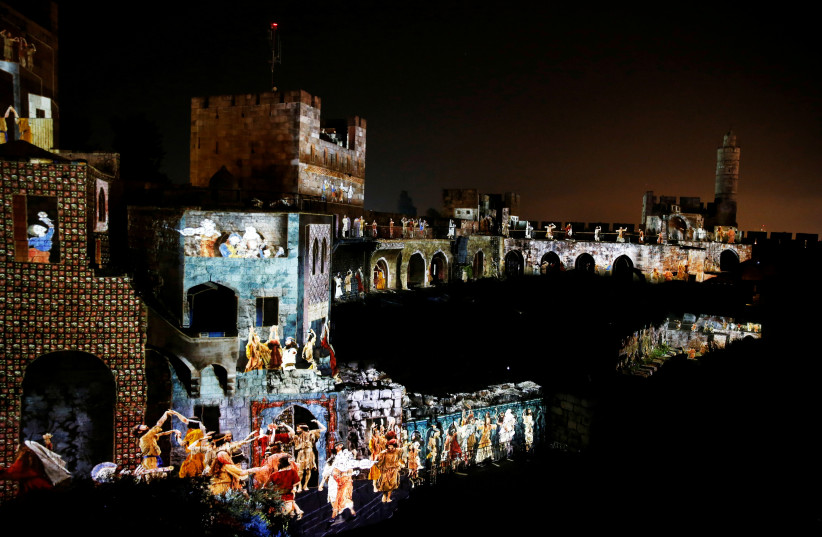Nestled between the Ottoman-period city walls and the ancient citadel walls, the Angelina Drahi Entrance Pavilion is the newest architectural layer to Jerusalem’s Old City.
This is the final part of the renewal of the Tower of David Jerusalem Museum that was led by the Clore Israel Foundation.
Years in the making
It took more than a decade of planning and four years of construction.
Passersby will not notice the new entrance pavilion from the Jaffa Gate Plaza. Building regulations forbid building above the height of the Old City walls.
As a result, 17 meters were excavated to create the multi-level sunken pavilion that now houses the museum entrance desk and a labyrinth of offices underground for the Education Center.

Outside, there is a shaded seating area, and later this year, the coffee shop will open. The bottom level of the entrance pavilion houses the new changing gallery space that will open in March with the inaugural exhibition, The Jerusalem School, a retrospective of art in Jerusalem over the past century.
Permanent exhibits
This will complement the new permanent exhibition that tells the history of Jerusalem through a combination of original artifacts and interactive technology.
“The opportunity to bring the 21st century to this ancient iconic site was both a responsibility and an honor,” says Prof Etan Kimmel, co-founder of Kimmel Eshkolot Architects.
“Ever-present in our planning for the new entrance pavilion was our respect for this ancient structure.”
